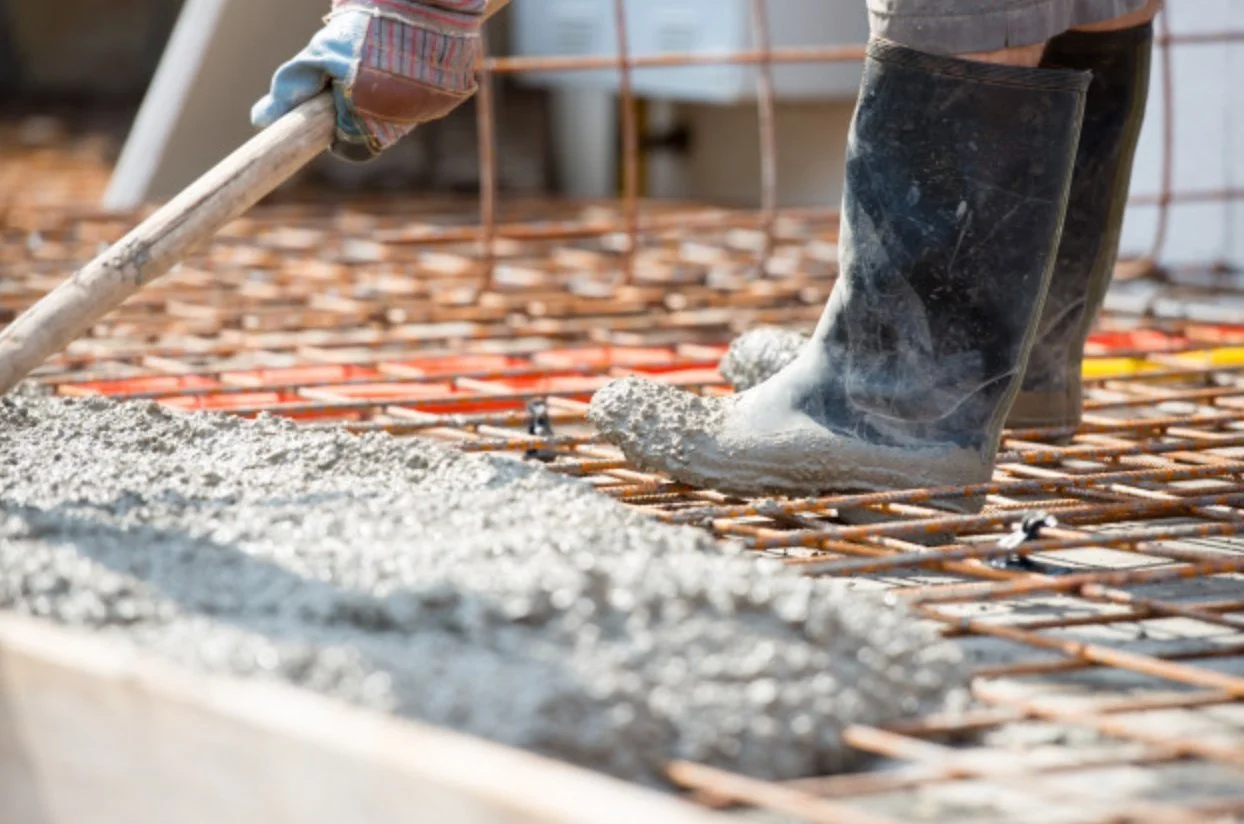Concrete, a fundamental building material, has been used for centuries to create structures that withstand the test of time. However, in the quest for innovation and efficiency in modern construction, various additives and admixtures have been developed to enhance the properties of concrete. One such class of additives is concrete plasticiser. In this article, we will look at what concrete plasticiser are, the different types available, their benefits, and their wide-ranging applications in the construction industry.
What Are Concrete Plasticiser?
Concrete plasticiser, also known as water-reducing agents or superplasticiser, are chemical additives used to improve the workability and performance of concrete mixtures. They accomplish this by lowering the quantity of water needed to keep the concrete at the appropriate consistency without sacrificing its durability or strength. In essence, they make the concrete more “plastic,” allowing it to be easily poured, placed, and compacted.
Types Of Concrete Plasticiser
There are several types of concrete plasticiser available, each with its unique properties and applications:
- Lignosulfonate-Based Plasticiser: These were among the earliest concrete plasticiser. They are derived from wood pulp and are effective in reducing water content while enhancing workability. Lignosulfonate-based plasticiser are often used in concrete formulations where cost is a significant concern.
- Naphthalene-Based Plasticiser: Naphthalene-based plasticiser are known for their high water-reducing capacity and excellent workability enhancement. They are suitable for applications that require a high degree of slump retention, such as ready-mix concrete and self-consolidating concrete (SCC).
- Polycarboxylate-Based Plasticiser: Polycarboxylate-based plasticiser are the latest innovation in the field. They offer superior water-reducing capabilities and excellent slump retention properties. These plasticiser are highly versatile and are often used in high-performance concrete mixes, including those with low water-cement ratios.
Benefits Of Concrete Plasticiser
Concrete plasticiser offer several advantages in the construction industry:
- Improved Workability: By reducing the water content required for a given consistency, plasticiser make concrete more workable. This facilitates easier pouring, placement, and compaction, saving time and labour.
- Enhanced Strength And Durability: Properly formulated concrete with plasticiser can have improved compressive strength and durability. This makes it ideal for critical structural elements and long-lasting infrastructure.
- Reduced Permeability: Concrete plasticiser can help decrease the permeability of concrete, making it less susceptible to water penetration, chemical attacks, and freeze-thaw damage.
- Increased Slump Retention: Some plasticiser, particularly naphthalene-based and polycarboxylate-based ones, have excellent slump retention properties. This means that the concrete maintains its desired consistency for an extended period, even in hot weather.
- Compatibility With Admixtures: Concrete plasticiser are often compatible with other admixtures like air-entraining agents, retarders, and accelerators, allowing for tailored concrete mix designs.
Applications Of Concrete Plasticiser
Concrete plasticiser find diverse applications across the construction industry:
- High-Performance Concrete: In projects that require exceptionally strong and durable concrete, such as high-rise buildings, bridges, and industrial facilities, plasticiser are used to optimize the mix and achieve the desired performance.
- Self-Consolidating Concrete (SCC): SCC is a highly flowable concrete mix that does not require mechanical vibration for compaction. Plasticiser are essential in SCC to maintain flowability while ensuring proper consolidation.
- Ready-Mix Concrete: The convenience of ready-mix concrete is partly due to the use of plasticiser, which ensure the mixture remains workable during transportation and placement.
- Precast Concrete: Manufacturers of precast concrete products use plasticiser to create consistent, high-quality products that meet stringent specifications.
- Masonry And Block Production: Plasticiser are commonly used in the production of concrete blocks, bricks, and other masonry units, ensuring better workability and product quality.
- Decorative Concrete: For decorative concrete applications, such as stamped concrete and architectural finishes, plasticiser help achieve intricate designs with ease.
- Repair And Rehabilitation: When repairing or rehabilitating existing structures, plasticiser can be employed to improve the bond strength of the repair mortar or overlay.
Conclusion
Concrete plasticiser have revolutionized the construction industry by providing a means to optimize concrete mixtures for specific applications. Their ability to reduce water content while enhancing workability, strength, and durability has made them indispensable in modern construction. With different types of plasticiser available, engineers and contractors can select the most suitable one for their projects, whether it’s a high-rise skyscraper, a decorative concrete patio, or a precast concrete product. Future developments in the field of concrete plasticization are probably in store, leading to increased sustainability and efficiency in the building of tomorrow’s structures as technology develops.




